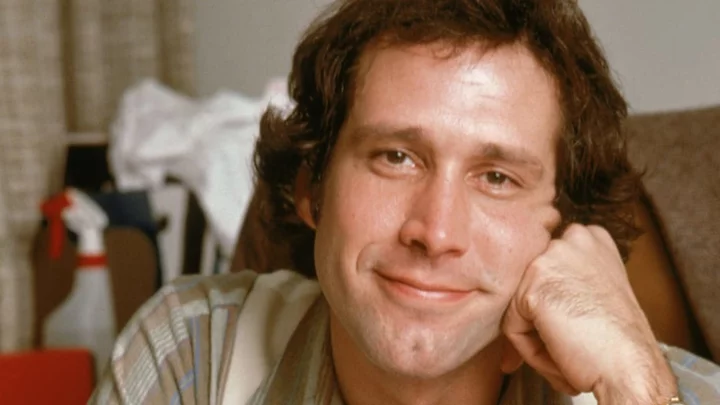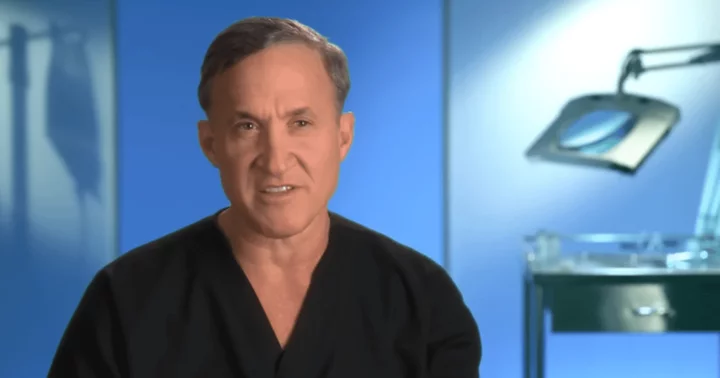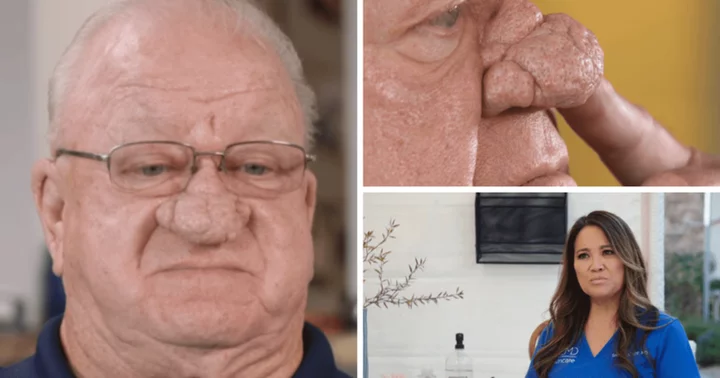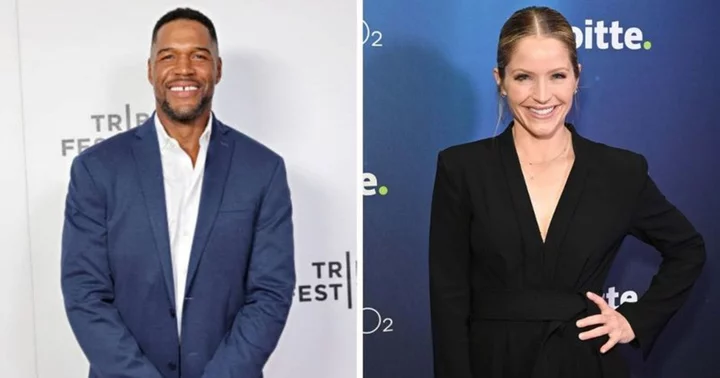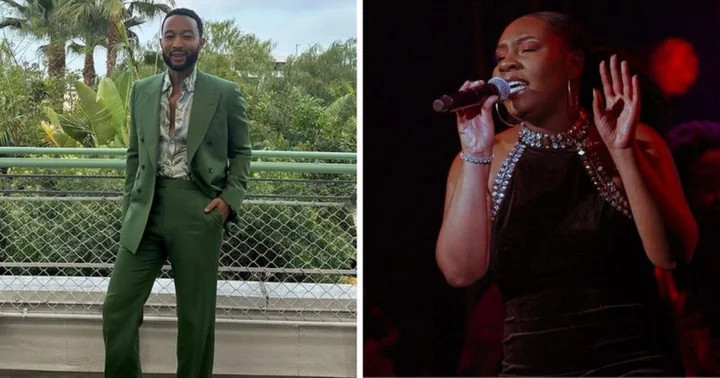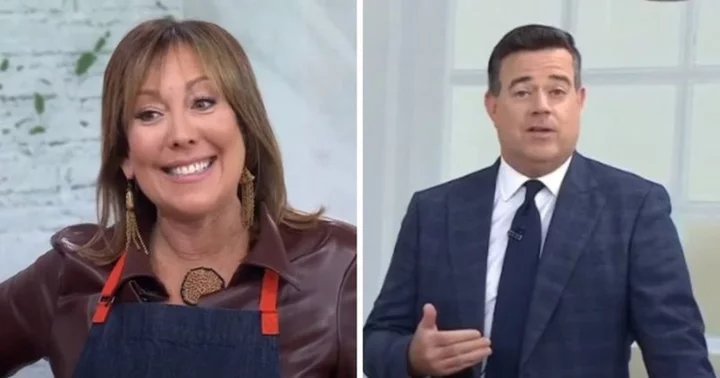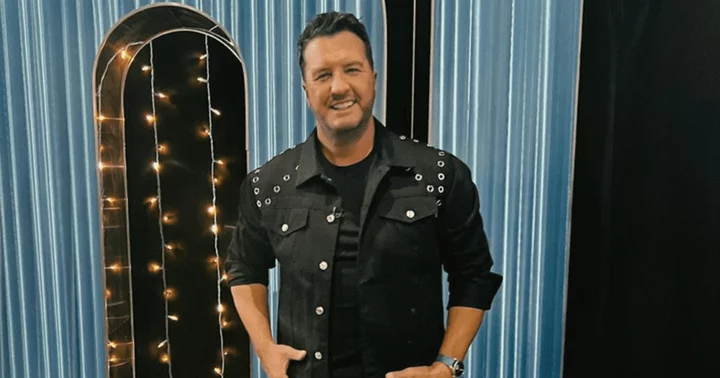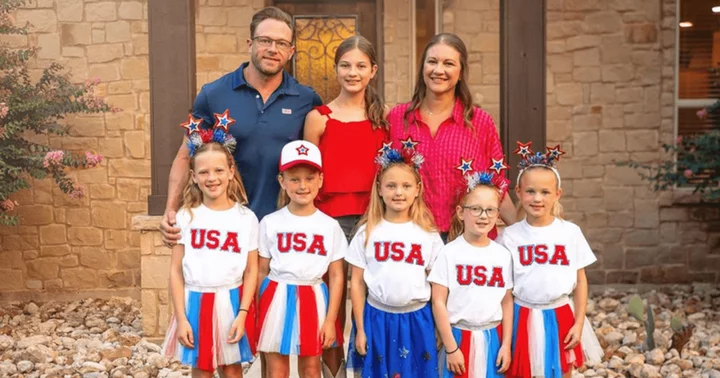When Chevy Chase became the breakout star of Saturday Night Live’s first season in the fall of 1975, plenty of ink was spilled in speculating what he might do next. Movies were a near-certainty, but for some, Chase’s ease during his “Weekend Update” faux-newscast segments seemed to hint that he could be the next big thing in late-night television.
“Industry sources report that network executives see in Chase ‘the first real potential successor to Johnny Carson when he gives up The Tonight Show,’” wrote New York magazine. “The network is preparing a major development deal with Chase, and sometime in the next six months or so plans to use Chase as a guest host on Tonight.”
Chase left SNL during its second season, moving over to movies. And he would, eventually, guest-host The Tonight Show in the 1980s. But his facility for being Carson’s successor was overstated.
When The Chevy Chase Show premiered in 1993, it lasted a total of just 29 episodes.
He’s Chevy Chase, You’re Not
For decades, Johnny Carson was the only marquee name in the late-night game. Joan Rivers tried mounting a challenge on behalf of Fox with The Late Show in 1986, but ratings were dour. (Carson, who had used Rivers as a guest host on his show, was reportedly upset she didn’t mention the Fox venture to him and stopped speaking to her.) Aside from Arsenio Hall doing well in syndication, virtually no one had been able to challenge Carson’s reign.
When Carson retired in 1992, networks raced to fill the void. Though David Letterman was a contender to replace him on The Tonight Show, that slot went to Jay Leno. Letterman moved over to CBS; Conan O’Brien replaced Letterman at the 12:35 a.m. slot. That left Fox once again pondering an entry into the free-for-all.
The network’s first choice was Dolly Parton. Although the country music singer had no talk show hosting experience, she had done television work in the past—including a short-lived variety series for ABC, which aired from 1987 to 1988—and was almost universally adored. Parton ultimately wasn’t interested, but her manager, Sandy Gallin, told Fox executive Lucie Salhany that Fox should consider Chevy Chase.
The actor (whose real name is Cornelius Crane Chase) had come up as part of the National Lampoon comedic troupe, performing both on their radio programs and on stage. That led to his big break on SNL, where his portrayal of then-president Gerald Ford as a bumbling, accident-prone imbecile helped make the show a zeitgeist hit.
Chase left the show in 1976 for what he later said was a relationship on the West Coast; the far more lucrative world of movies also beckoned. After a string of hits in the 1980s, including Caddyshack, Fletch, and the National Lampoon’s Vacation films, he fell into a slump in the early ‘90s with box-office duds like Nothing But Trouble and Memoirs of an Invisible Man. But television executives weren‘t concerned with dwindling box office returns. Echoing the sentiment surrounding Chase nearly 20 years earlier, Salhany believed the 50-year-old could be a contender. Fox wrote him a check for $3 million, and The Chevy Chase Show was earmarked for a fall 1993 debut.
Fox spared little expense in mounting a challenge to Letterman and Leno. In addition to what they paid Chase, they spent $1 million renovating a Los Angeles theater and renaming it after their star attraction. The network assured its affiliates that Chase could deliver nearly 5 million viewers nightly. Even better: Chase would be coming on at 11 p.m., over 30 minutes earlier than the competition. When those programs kicked off, Chase planned to segue into a bit similar to his “Weekend Update” segment from SNL.
When asked to describe his approach during a July 1993 press conference, Chase was circumspect. “The fact that I’m not a stand-up comedian and I don’t have material I’m ready to go out with is a real challenge to me, and you just have to see what happens,” he said. “I just have this yearning in my stomach to go back and somehow subversively screw up television a little bit again.”
Though headlines would later chastise Fox for enlisting an actor with only limited hosting experience, that wasn’t strictly true: Chase had emceed two Oscar ceremonies, co-hosting in 1987 and hosting solo in 1988. Plus, he’d done television specials and performed live on SNL. An innocuous talk program seemed well within his abilities.
“He Has to Relax”
The Chevy Chase Show premiered September 7, 1993, with the announcer intoning that Chase “was still not ready for prime time.” New York Times critic John J. O’Connor agreed, recoiling at everything from the set (“a clunky wooden arrangement … suggesting the bathrooms at Radio City Music Hall”) to the monologue, which Chase kept interrupting with taped bits.
The on-stage arrival of guests Whoopi Goldberg and Goldie Hawn didn’t exactly help, even though Hawn (his co-star in 1978’s Foul Play) had her 17-year-old son, Oliver, in the audience so Chase could wish him a happy birthday and drop a cake in front of him by “accident.”
When speaking with stars like Hawn, and later Robert De Niro and Dennis Hopper, Chase appeared ill at ease. He talked about nose hairs and farting with Goldberg. He asked Beverly Hills 90210 star Jason Priestley if stardom had changed him. In the view of Los Angeles Times critic Howard Rosenberg, only Martin Short had managed to escape unscathed.
Salhany would later describe Chase as “very nervous,” and claimed it was “uncomfortable and embarrassing to watch it.” Hopper claimed he felt “sorry for him,” and noticed Chase was shaking as he picked up a glass. “He has to relax,” the Easy Rider star later said of the new talk show host.
It takes time for a program to settle in, and Chase did appear to grow more comfortable as the weeks went on. But by that point, the narrative around the show was already negative. Entertainment Weekly reported that the fish in the show’s aquarium were dying off and that staff members were trying to recruit audience members from retirement communities and halfway houses. Fox’s promises of delivering a 5 rating were largely hopeless, too: Though the first episode garnered a 5.7 rating, Chase subsequently hovered closer to a 2, far outpaced by Letterman and ABC’s news program Nightline.
Affiliates phoned Fox expressing concern. Salhany pulled every lever she could, hiring a new crop of writers and talent bookers in an effort to salvage the show, but the bleeding couldn’t be staunched. Salhany later admitted the show’s critical reputation led to problems getting guests. The audience, she said, “wouldn’t accept” Chase even if he was improving.
“We can’t let this go on forever,” she said, as though the show were a suffering hospice patient.
Finally, after 29 nights on the air, Fox broke the news to Chase following a Friday taping: The series was done. Fox quickly began running repeats of In Living Color in the vacated time slot.
“Despite the commitment of Chevy and our best creative and production minds, we started slowly and did not perform to expectations,” Salhany said. “We saw nothing to indicate that the show would turn around.” Chase released a statement that described the talk format as “constraining.” He resumed his film career and later co-starred in the NBC sitcom Community.
Despite reports that Fox was determined to launch another late-night program—possibly with controversial radio personality Howard Stern—nothing panned out until 2006, when comedian and screenwriter Spike Feresten began hosting one. By 2009, Feresten’s show was toast too, but with three seasons under its belt by then, it had officially become the longest-running late-night talk show in Fox’s history.
As Chase himself told Carson back in 1986: “You’ve gotta know how hard this is to do. Nobody’s gonna be the next Johnny Carson.”
This article was originally published on www.mentalfloss.com as ‘Uncomfortable’: Remembering the Quick Demise of ‘The Chevy Chase Show’.

